New Royster Contracting Metal-over-Metal Retrofit Roof Project
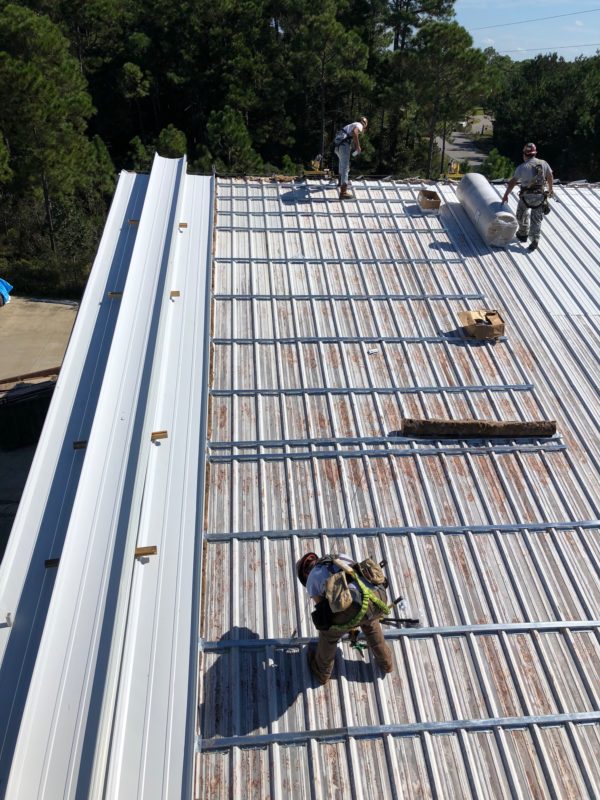
The retrofit project was for the U.S. Air Force on a 7,800 square foot building located at Hurlburt Field AFB, Florida.
Over the past 15 years, Royster Contracting, LLC of Fort Walton Beach, Florida has completed several metal-over-metal retrofit projects using Roof Hugger, LLC sub-framing products of Lutz, Florida.
Skip Royster, Owner, started his general contracting firm in 1977 to focus on building construction mostly in the Florida Panhandle. His company has a strong reputation of building quality conventional and metal construction projects using metal buildings, metal roofing and walls and retrofit roof systems.
Royster’s newest retrofit project was for the U.S. Air Force on a 7,800 square foot building located at Hurlburt Field AFB, Florida. This Air Force base is very familiar with retrofit roofing projects stretching back more than 25 years, as many of the U.S. Department of Defense military bases have done so as well. The existing building was a metal building constructed some years ago that needed a new metal roof. In lieu of removing the existing metal roof and replacing, the Base Facility Construction department elected a metal-over-metal retrofit where a new metal roof is installed over new structural sub-framing that attaches directly to the existing roof’s support system, without removing the existing metal roof. While doing this, the Base knew that it was possible to engineer the new retrofit system to be in accordance to current wind uplift design for the area. In this case, the system was designed to meet a Category V hurricane of 157 MPH wind speed. With the recent catastrophic Hurricane Michael damage at nearby Tyndall Air Force Base and elsewhere on the Florida Panhandle, this project just 82 miles away suffered no damage, even with Michael’s documented peak wind speed of 155 MPH.
Roof Hugger provided 2,700 lineal feet of their standard Model “C”, manufactured to fit over 12-inch on center “PBR” rib panel roofs. Central States Manufacturing of Lowell, Arkansas furnished their 24” wide “Central Seam Plus” trapezoidal standing seam roof in 24 gauge in “Brite” white. The General Contractor for the project was provided by CCI Mechanical, LLC of Shalimar, Florida.
In addition to hardening the building with the increase in wind uplift resistance, the Base chose to include 3-inches of fiberglass insulation between the existing roof and bottom of the new metal roof. Hardening of building roofs is very common on metal-over-metal retrofit roofs in the coastal States. As such, many older buildings that were engineered for a 90 to 100 MPH wind speed must be upgraded to minimum code requirements that are currently at 120 MPH inland and 130 MPH for coastal areas. Some parts of Florida and Texas have requirements of 155 MPH or greater. U.S. Government facilities typically specify criteria that exceed locally adopted codes.
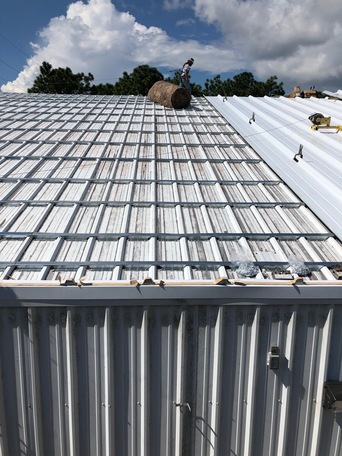
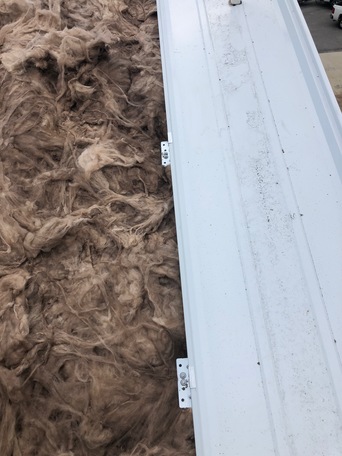
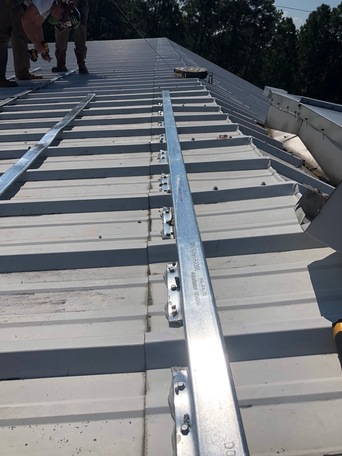
Learn more about Roof Hugger at www.roofhugger.com.
See more from Roof Hugger and visit their RCS Directory.













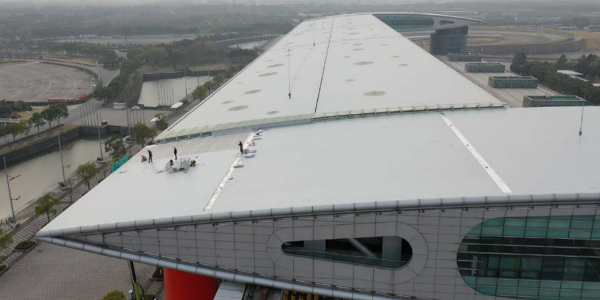
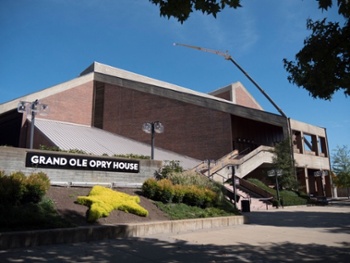





-2025-xtv-mls-tour-2.png)
Comments
Leave a Reply
Have an account? Login to leave a comment!
Sign In